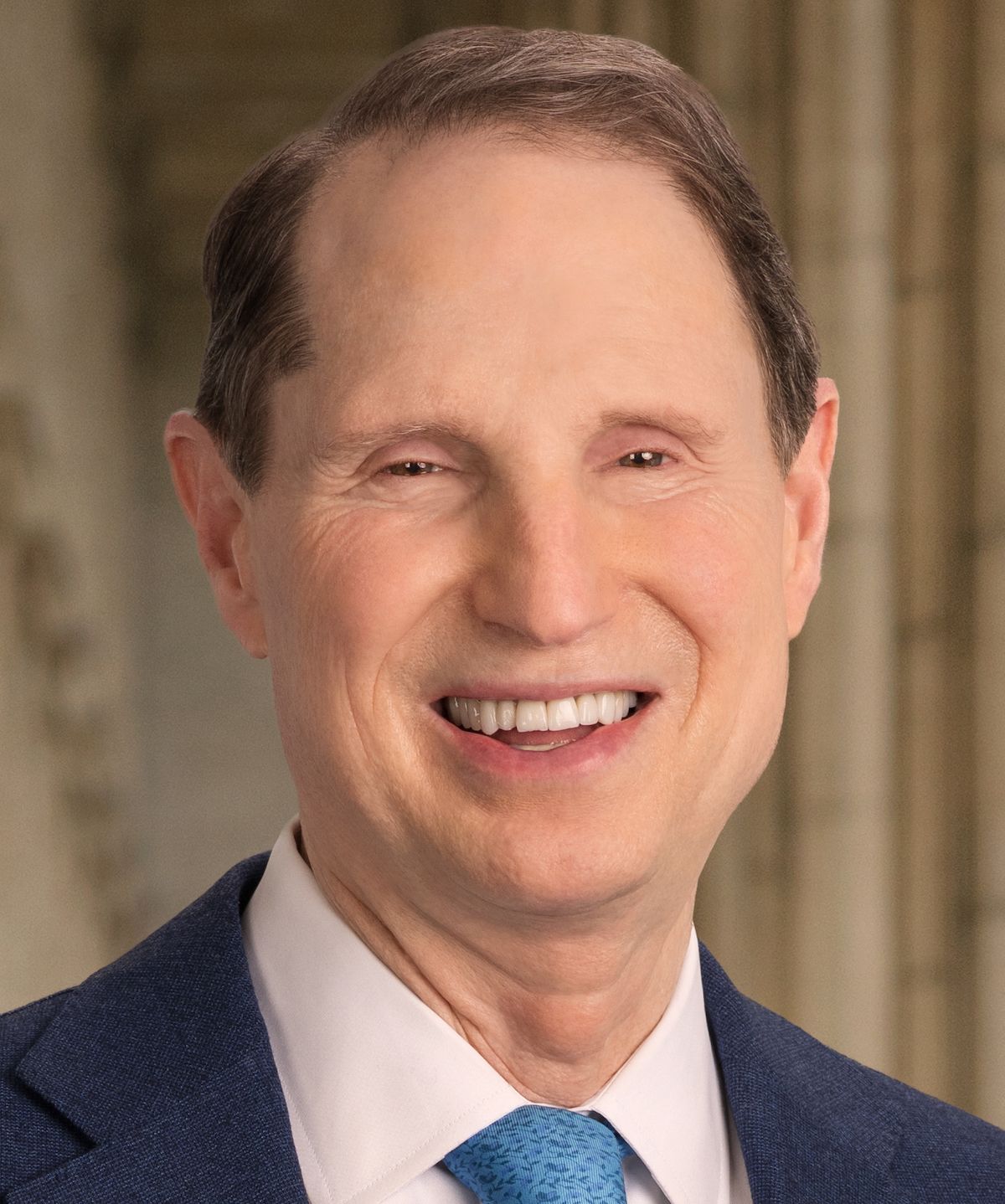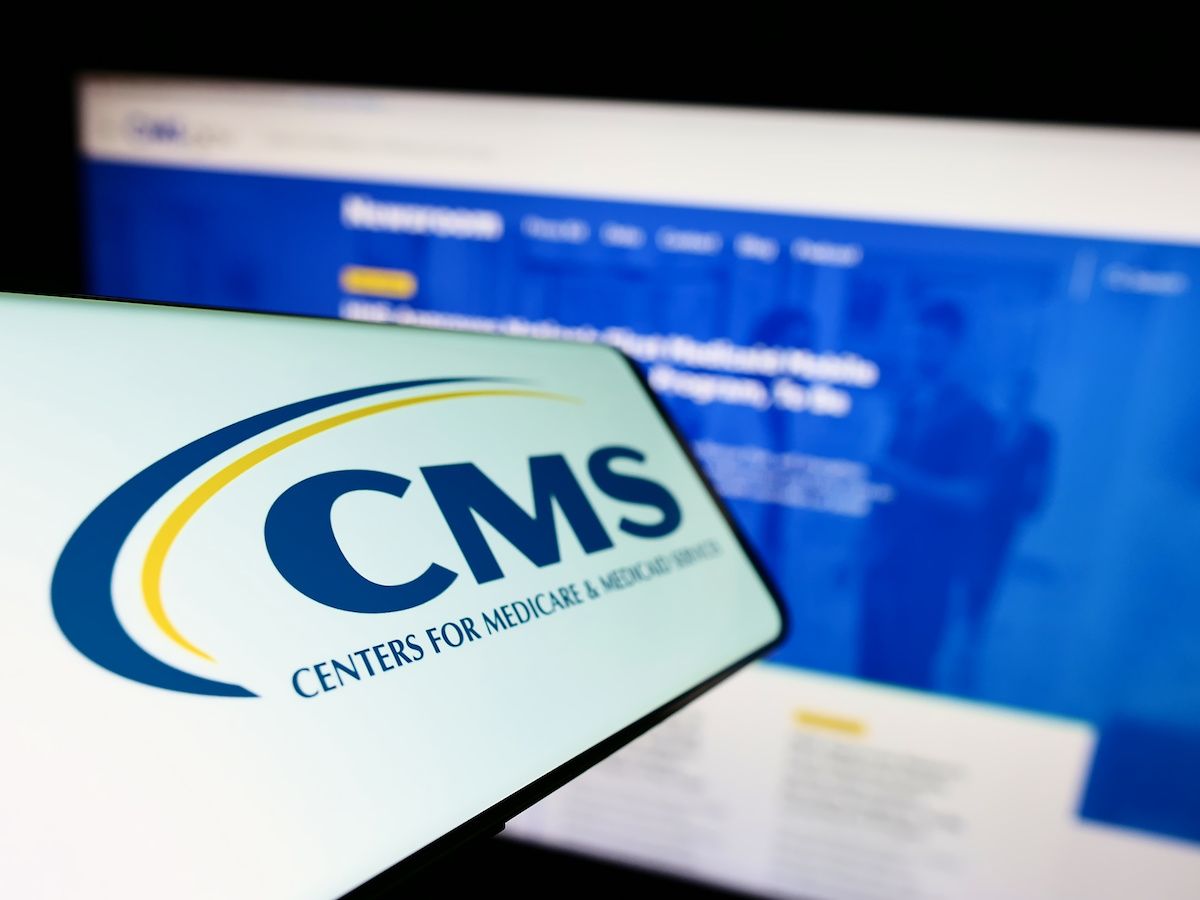Article
Score with these mutual funds
Caution is in order, but you can still add sparkle to your portfolio.
Investing Wisely
Score with these mutual funds
Caution is in order, but you can still add sparkle to your portfolio.
By Wayne J. Guglielmo
Senior Editor
Believe in the wheel of fortune?
You do if you're a fund investor and experienced the market's stomach-churning turn from bull to bear these past 18 months. September's terrorist attacks only worsened the market's turmoil. But, like the country itself, you need to move forwardwiser, more patient, focused on the long haul. Of course, you still may want a dash of that old go-go style in your investments.
We've selected eight funds that should boost your portfolio, without forcing you to throw caution to the winds. In making our picks, we first searched Morningstar's Principia Pro for Mutual Funds database for funds with strong 12-month returns, expense ratios better than the 1.4 percent average, and lower-than-average turnover in their respective categorieswhich can help cut down your tax bite. To give you a more balanced offering, we weeded out sector funds. We then did a secondary search to determine which of our funds also had strong five-year annualized returns, indicating steady performance.
We wound up with five funds that met all our criteria. We also selected another fund, Royce Opportunity, which had outstanding three-year returns, but hasn't been in existence for five years. Still, it met all our other criteria, and seemed a strong choice among small-cap funds.
We weren't through, however. Were there funds out there, we wanted to know, that seemed a bit shaky now but had strong long-term prospects? For the answer, we turned to fund picker Jerome Hamon of L.J. Altfest & Co., a New York-based financial and investment advisory firm. He gave us a bunch of choices, from which we picked Selected American Shares and Japan FundClass S.
Each has dismal 12-month returns, but don't let that scare you: Selected American is a historically strong performer, with a 13.4 percent five-year annualized return. The reason? Its managers have the habit of picking well and then staying with their picks until they pay off. As for Japan FundClass S, it has two things going for it. First, Japan's economy, says Hamon, has excellent prospects for recovery. And second, Japan FundClass S's diversity, balance, and value make it the best Japan fund around.
Notice that six of our funds carry no loads. The two that do are worth a look, regardless. According to Hamon, their track records and expert management make them prime additions to a portfolio, despite the sales loads.
We also looked for funds that, taken together, provide a range of investment choicesfrom small-cap to large-cap, including growth, value, stocks, and bonds. You can get the diversity you need to set up a sound portfolio. With value funds, portfolio managers keep an eye out for companies that may be facing hard times and are undervalued by the market, but that nevertheless have sound financials and stand a good chance of turning around. Growth funds, on the other hand, look for companies whose earnings and revenues are increasing at a steady pace.
And while past performance is no guarantee of future returns, we think the fund managers have demonstrated the kind of solid judgment that bodes well, whatever the market has in store.
Small-cap funds seek companies gaining ground
Royce Opportunity Fund. This fund has been one of the strongest performers in the small-cap value category. Though fund manager Boniface "Buzz" Zaino is a bargain hunter at heart, he also looks for companies with good growth prospects. The result is a value fund with larger-than-average holdings in technologyaround 24 percent. That was more than enough to keep Royce in the race when tech was leading the pack.
Even after the tech meltdown, other top holdings helped the fund maintain double-digit returns. They include Hughes Supply, a wholesale distributor of building and construction materials, and the Fleming Companies, a major merchandise and food distributor. Shares in Fleming alone this year are up a whopping 138 percent.* To be sure, the fund's loss of 2 percent year-to-date is disappointing. Still, with relatively low volatility and strong three-year returns, Royce Opportunity Fund will almost certainly continue to deliver the goods.
FPA Perennial Fund. This small-cap fund owns both growth and value securities, which makes it a "blend fund." Its one-year return is 14.8 percent, and FPA's hallmark, low volatility, has helped bring in fairly consistent annual returns over the past five years. Fund managers Eric Ende and Steven Geist invest heavily in industrial cyclicals, such as painting and cleaning manufacturer Graco and manufactured-home producer Clayton Homes, which led to sizable payoffs in 2000.
The managers' hunt for value doesn't keep them from welcoming attractive opportunities in technology. Adobe Systemsthe personal computer software developerperformed especially well for FPA. And there are now high hopes for Black Box, a Pennsylvania-based distributor and manufacturer of communication and other computer-connectivity products, and one of the fund's 10 largest holdings. In all, the fund keeps on keeping on. "It will never post blazing returns," says Morningstar analyst Catherine Hickey, "but those looking for a solid small-cap fund with below-average volatility for small-cap funds should give it a look."
Mid-cap funds look at established companies
Longleaf Partners Fund. If a fund that focuses on value picks is more your style, and a $10,000 minimum initial investment doesn't scare you off, this mid-cap fund may be just the thing. The portfolio management team looks for steeply discounted, well-run companies. In late 1998, that approach led them to invest heavily in Marriott International, now the fund's largest holding. The pick paid off nicely when Marriott rebounded from a 10 percent total return in 1999 to a 35 percent total return in 2000.
Newer acquisitions such as AT&T have helped buoy Longleaf's performance. But this services-heavy fund, which favors nontech companies like Waste Management, Tricon Global Restaurants, and FedEx, isn't for everyoneespecially investors who prefer a heavier tech focus. Still, says Morningstar analyst Christopher Traulsen, "for investors with suitably long horizons, or for those seeking to diversify a growth-laden portfolio, Longleaf is an excellent choice."
Mairs and Power Growth Fund. This St. Paul, MN-based mid-cap blend is a relatively low-risk proposition. The managers invest in companies with reasonably predictable earnings, above-average return on equity, market dominance, and financial strength. Tax efficiency is also prized, so annual fund turnover is a low 15 percent, compared with an average of 133 percent for all mid-cap funds.
That could lead to a certain stodginess, of course. And, indeed, until recently, technology had made barely a ripple in these placid waters. But the addition of Corning and less-well-known names like eFunds, an electronic transactions processor, may signal a modest shift in direction. Still, the real strength here continues to be time-tested performers like Wells Fargo, Minnesota Mining and Manufacturing (3M), and General Mills. If you're looking for a solid-performing, low-risk, mid-cap fund, this one's a stalwart.
Large-cap funds focus on well-known names
Scudder-Dreman High Return Equity FundClass A. After a dismal 1999, this large-cap value fund gained a stratospheric 41 percent in 2000. The huge returnand the poor performance (a loss of 13 percent) two years agoare flip sides of the same steady-as-you-go investment approach that fund manager David Dreman describes this way: "When technology was sizzling, many value managers added technology to their portfolio to improve performance. We didn't do that because, at the time, technology stocks were much too expensive to fit our investment parameters. We also believed the stocks were overvalued and incapable of sustaining such extreme growth. Instead, we stuck to a strict value portfolio, which suffered in 1999 along with all value stocks, but performed strongly in 2000 and so far this year."
That won't happen every year, of course, so be prepared to ride out the lows in order to profit from the highs. But as a large-cap value option in a broader portfolio, this fund may give you the diversification you're looking for.
Selected American Shares. A poor showing in 2001 is likely to scare many investors away from this historically strong performer. That's too bad, since what was right about the fund in the pastsmart, patient management and a disciplined value approachis still right.
Current problems are the result of a bad year for three of the funds' five largest holdings, including American Express, which year-to-date is down 50 percent. But managers Ken Feinberg and Chris Davis haven't pushed the panic button. Despite AmEx's disastrous foray into junk bonds, the company's "core credit card business is still doing well and shouldn't be affected by the bond mess," says Morningstar analyst Russel Kinnel.
Managers are also sticking with another company facing hard times this year: Tellabs, a voice, data, and videocommunication equipment manufacturer, and one of the fund's top 10 holdings. The company is down 78 percent to date this year, mostly because of a sharp dip in demand for telecom equipment. But because Feinberg and Davis think Tellabs is fundamentally well-managed and has enough cash to weather the storm, they've increased their stake. If that kind of loyalty suits your investment style, this fund may be for you.
A domestic hybrid fund captures growth and safety
Dodge & Cox Balanced Fund. Smart selections in several key stock sectorsas well as strong corporate bond earningshave boosted the performance of this domestic hybrid fund well past most of its peers'. (To be considered a hybrid fund by Morningstar, a fund must invest greater than 20 percent but less than 70 percent of its assets in stocks, and the remainder in fixed-income securities.) Longtime energy holdings did especially well, led by the strong gains of Occidental Petroleum, Amerada Hess, and Chevron. Holdings in other sectors include Kmart and Xerox.
With the exception of Xerox, most of these picks have been Dodge & Cox portfolio staples for years. That's no accident, since fund managers place a premium on picking and retaining high-quality bonds and attractively valued stocks with good prospects. With its low turnover, below-average risk, and no load, this fund adds a well-chosen mix of stocks and bonds.
Japan fund helps diversify your portfolio
Japan FundClass S. Investors who think Japan's current economic woes won't last forever tend to prefer this fund. Despite its disappointing year-to-date performance, five-year returns remain the best in Morningstar's Japan Stock category. Adding to its appeal are substantially lower-than-average volatility and the lowest expense ratio of any actively managed fund in the category.
Credit belongs to the managers' middle-of the-road approach, mixing the growth and value styles. They've also broadly diversified across sectors and market capitalizations. Sectors represented among the fund's top 10 holdings include services, technology, industrial, durables, financial, and staples. Market capitalizations range from giant to small, with the bulk of holdings (79 percent) in large and medium companies.
Caution is in order, of course, given the fund's poor recent showing. But many analysts are betting that Japan's recovery, when it comes, will be huge, and that it will certainly justify an investment in Japan FundClass S today. Says Morningstar analyst Gregg Wolper, "The fund will most likely recover its stride soon and will remain a prime choice for Japan investors."
*All returns in this article as of Oct. 8, 2001.
Our fund picks at a glance
Wayne Guglielmo. Score with these mutual funds. Medical Economics 2001;21:73.





